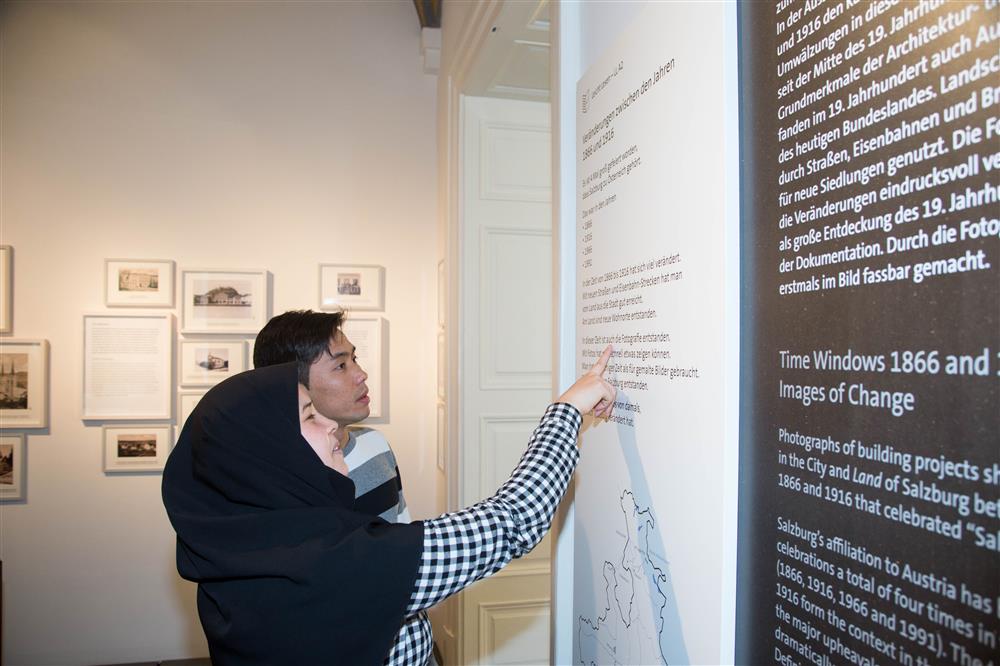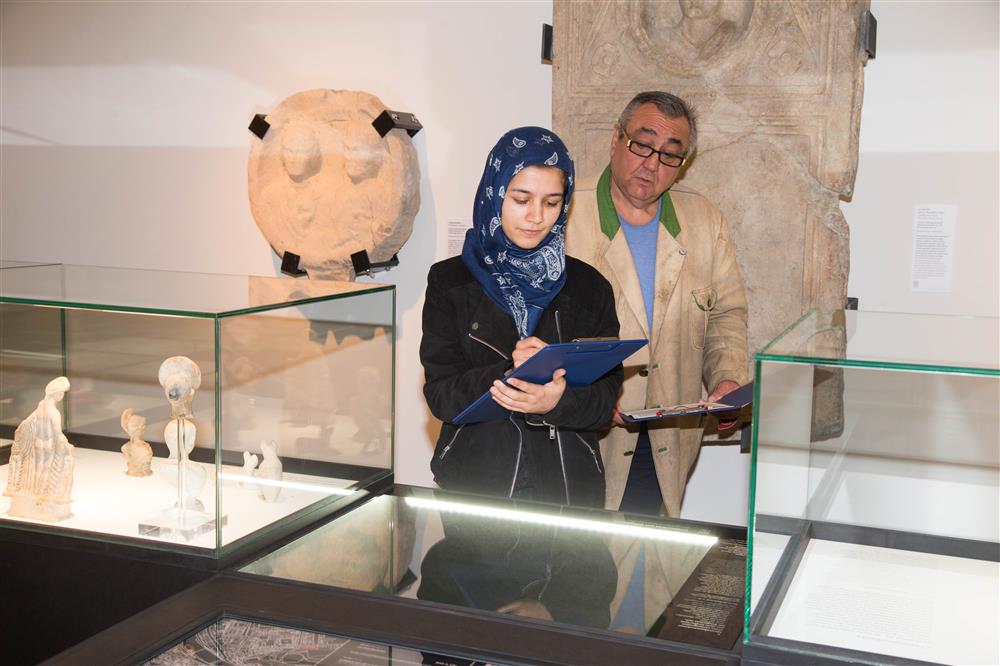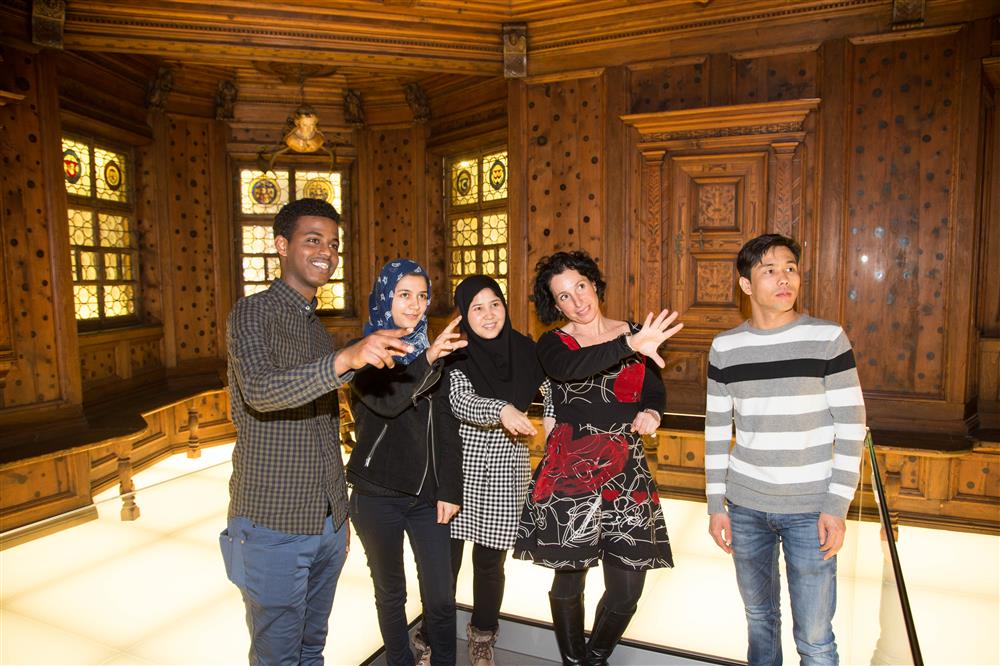Easy language as a key to the exhibition experience
- Organization
- Salzburg Museum
- Country of Implementation
- Austria
- Region
- Europe
- Subregion
- Western Europe
- Start Year
- 2015
- First published
- 31.01.2018

Solution details
People
“Now I can read and understand the text on my own, without anyone´s help. This makes me very proud.” Johannes Hollweger, a Salzburg Museum visitor
Problems Targeted
Complicated and complex texts are a barrier for people with intellectual disabilities, exlcluding them from independent participation in a cultural life.
Solution, Innovation and Impact
The Salzburg Museum is making their exhibitions accessible for people with intellectual disabilities by translating their introductory and accompanying texts into easy, accessible language. With this service, the museum seeks to make a statement regarding the instituation’s fully inclusive nature, whereby the easy language text is not only for a minority group but is an integrated part of the museum experience for the general public. The innovative aspect of the practice is that the easy language text is not an additional service but is part of the regular text of the exhibitions. The Salzburg Museum was concerned about the quality of their texts, and has used a text in A2 (language level) format, which they first had tested and verified by a group of people with intellectual disabilities. In a second step, the text was certified with the CAPITO trademark (meaning “I understand,” developed by the company Atempo) for easy language. The easy language text has removed intellectutal barriers for people with and without disabilities and has broadened the appeal of the museum. The discussions and reactions of the general public have led to publicity of the topic and a clarification of the subject. A study has shown that the easy language has been used by 49 per cent of the test group.
Funding, Outlook and Transferability
A digital handbook has been created summarizing the most important facts and experiences, which serves as a guideline for other institutions. Moreover, there are publications and contributions at conferences and workshops throughout Austria for other museums that wish to follow the Salzburg Museum’s example. Currently, the muesum texts are evaluated by the University of Salzburg/Mozarteum as part of the science and arts studies programme. Every museum is different and each instiution has to adapt to using easy language. The work of the Salzburg Museum, including its handbook, makes it easier for other cultural institutions to transition towards accessibility. Currently, 80 per cent of the funding comes from the government, and 20 per cent from the museum’s own budget.
Media
Pictures
Videos
Downloads
Related information
- Connections
- 1
-
Organization

